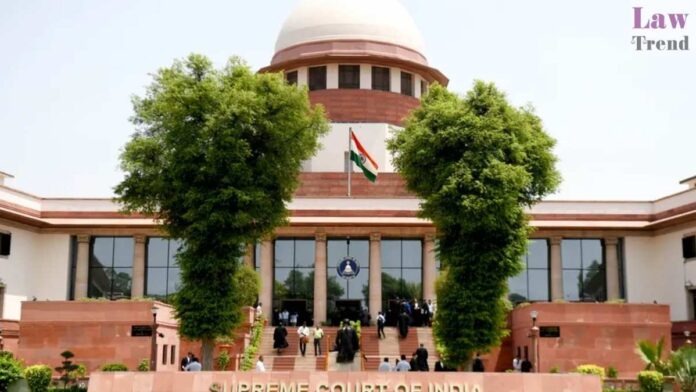The Supreme Court of India, in a significant ruling, has upheld the conviction of a man for rape, affirming that the credible and consistent testimony of a prosecutrix is sufficient to establish guilt, even when medical evidence is not fully corroborative. A bench comprising Justices Sudhanshu Dhulia and N.V. Anjaria dismissed an appeal filed by
To Read More Please Subscribe to VIP Membership for Unlimited Access to All the Articles, Download Available Copies of Judgments/Order, Acess to Central/State Bare Acts, Advertisement Free Content, Access to More than 4000 Legal Drafts( Readymade Editable Formats of Suits, Petitions, Writs, Legal Notices, Divorce Petitions, 138 Notices, Bail Applications etc.) in Hindi and English.




